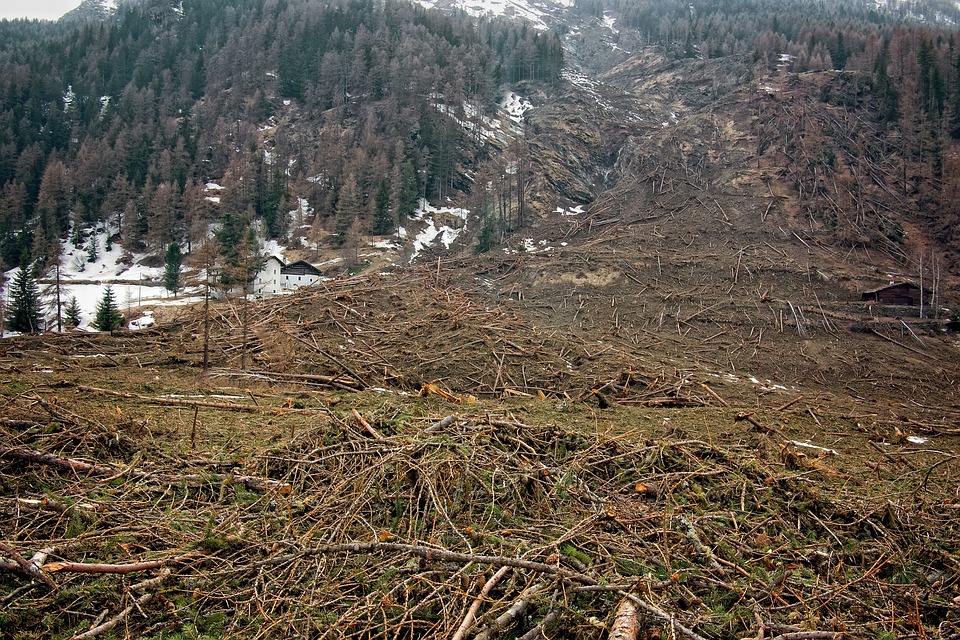How Much Energy Does It Take to Clean Water? Understanding the Energy Demands of Water Treatment
Water treatment is a crucial process that ensures the safety and quality of water for drinking, agriculture, and industrial use. The energy required for water treatment varies significantly based on multiple factors, including the source of water, the level of contamination, and the specific treatment methods employed.
Factors Influencing Energy Use in Water Treatment
Source of Water:
– Groundwater: Typically requires less energy for treatment compared to surface water due to its generally higher quality and lower contaminant levels.
– Surface Water: Often necessitates more extensive treatment processes, leading to higher energy consumption.
– Seawater: Desalination processes are among the most energy-intensive due to the high salinity and complex treatment requirements.
Level of Contamination:
– Highly polluted or saline water demands more intensive treatment methods, which increases energy usage. For example, treating wastewater or heavily contaminated surface water can require significantly more energy than treating clean groundwater.
Treatment Method:
– Different methods such as filtration, chemical treatment, and desalination have varying energy requirements. For instance, reverse osmosis used in desalination is particularly energy-intensive.
Energy Requirements for Different Types of Water Treatment
– Municipal Water Treatment: The energy usage for treating surface water typically ranges from 0.2 to 0.6 kWh per cubic meter. This process involves several stages including coagulation, sedimentation, filtration, and disinfection.
– Wastewater Treatment: This process generally has a higher energy demand, ranging from 0.3 to 2.0 kWh per cubic meter, depending on the depth of treatment and contaminant levels.
– Desalination: This is one of the most energy-consuming processes, averaging between 3 to 6 kWh per cubic meter for seawater desalination due to the high energy required to overcome osmotic pressure.
Energy-Intensive Stages in Water Treatment
Pumping and Transport:
Pumping is one of the most energy-intensive aspects of water treatment, often accounting for 80 to 90% of the total energy used in municipal systems. Long-distance transport of water significantly increases energy demands.
Membrane Filtration:
Processes like reverse osmosis require substantial energy due to high pressure needed to push water through semi-permeable membranes.
Disinfection and Chemical Treatment:
Methods such as UV treatment and chlorination also consume considerable amounts of energy, particularly when large volumes of water are treated.
Comparing Energy Use: Clean vs. Wastewater Treatment
Treating wastewater typically requires more energy than treating clean water because it involves additional steps like screening, biological treatment, and disinfection aimed at removing a higher concentration of pollutants.
| Type of Treatment | Energy Use (kWh/m³) |
|—————————|———————-|
| Municipal Water Treatment | 0.2 – 0.6 |
| Wastewater Treatment | 0.3 – 2.0 |
| Desalination | 3 – 6 |
Technologies Reducing Energy in Water Treatment
Renewable Energy Integration:
Incorporating solar, wind, and biogas into treatment plants can offset some traditional energy needs.
Energy Recovery and Efficiency:
Innovative techniques such as capturing methane from wastewater or utilizing gravity-fed systems can significantly reduce pumping energy requirements.
Advanced Membranes and Filtration:
Emerging technologies in membrane materials enhance efficiency and reduce energy consumption during filtration processes.
Global Perspective: Energy and Water Scarcity
The relationship between energy use and water scarcity is critical in arid regions where desalination or long-distance transport is necessary but costly. Implementing energy-efficient methods is essential for ensuring sustainable access to clean water in developing areas with limited resources.
FAQs
– How does desalination compare to freshwater treatment in energy use?
Desalination is generally much more energy-intensive than treating freshwater sources.
– Is recycled water more energy-efficient than desalinated water?
Yes, recycled water typically requires less energy than desalinated water due to lower processing demands.
– What are the most energy-efficient water treatment methods?
Methods that incorporate renewable energies or advanced filtration technologies tend to be more efficient.
– Can wastewater treatment plants produce their own energy?
Yes, many facilities are adopting technologies that allow them to generate surplus energy through biogas production from sludge.
– How does energy use in water treatment affect water bills?
Higher energy costs associated with water treatment can lead to increased water bills for consumers.
Conclusion
Water treatment is inherently an energy-intensive process influenced by various factors such as source quality, contamination levels, and chosen methods. As global demand for clean water rises, adopting more efficient practices and technologies will be essential for sustainable management of both water resources and associated energy demands.

Kyle Whyte is a notable scholar and professor at the University of Michigan, holding positions such as the George Willis Pack Professor in the School for Environment and Sustainability and Professor of Philosophy. Specializing in environmental justice, his work critically examines climate policy and Indigenous peoples’ ethics, emphasizing the nexus between cooperative scientific endeavors and Indigenous justice. As an enrolled Citizen Potawatomi Nation member, he brings a vital perspective to his roles as a U.S. Science Envoy and member of the White House Environmental Justice Advisory Council. His influential research is supported by various prestigious organizations including the National Science Foundation, and disseminated through publications in high-impact journals. Kyle actively contributes to global Indigenous research methodologies and education, with affiliations to numerous institutes and societies dedicated to traditional knowledge and sustainability. Recognized for his academic and community engagement, Kyle has earned multiple awards and served in various visiting professorships. His efforts extend to leadership positions on boards and committees focused on environmental justice nationwide.
